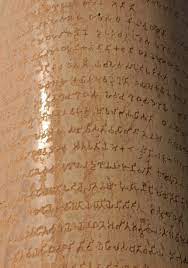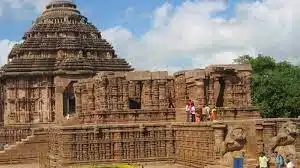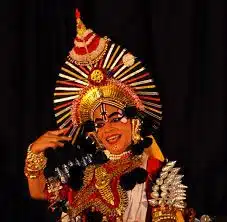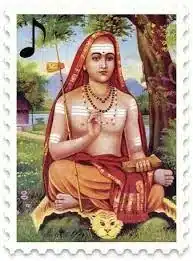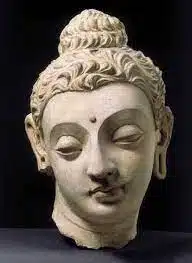Important Facts About World Heritage Sites
- A World Heritage Site is a landmark or area, selected by the United Nations Educational, Scientific and Cultural Organization (UNESCO) for having cultural, historical, scientific, or other form of significance, which is legally protected by international treaties.
- In 1978 the city of Quito earned the distinction of being the first city in the world to be declared a UNESCO World Heritage Site.
- With 58 selected areas, Italy is the country with the most sites on the list, followed by China(57), and Germany (52).
- The first sites to be inscribed were Ajanta Caves, Ellora Caves, Agra Fort, and Taj Mahal, of which all were inscribed in the 1983 session of the World Heritage Committee.
- The latest site to be inscribed is Santiniketan (41st) and Sacred Ensembles of the Hoysalas (42nd) in 2023.
- Maharashtra has the highest number of world heritage sites (6).
- The Archaeological Survey of India (ASI) is the nodal agency for forwarding any request for World Heritage status to any Indian site whether cultural or natural.
- India now has 42 sites, including 34 cultural properties, 7 natural sites, and 1 mixed site, notified as World Heritage Sites.
Latest World Heritage Sites of India
Sacred Ensembles of the Hoysalas
The Hoysala temples at Belur, Halebid, and Somanathapur in Karnataka were declared as UNESCO World Heritage Sites. All three temples are protected by the Archaeological Survey of India (ASI) and the nominations were entered as ‘The Sacred Ensembles of Hoysalas’.
While the construction of the Chennakeshava temple at Belur in commenced during the period of king Vishnuvardhana in 1117 CE and took 103 years to complete, the Hoysaleshwara temple was commissioned in 1121 CE while the Keshava temple at Somanathapur in Mysuru district was commissioned by Somanatha Dandanayaka during the regime of Narasimha III in 1268 CE.
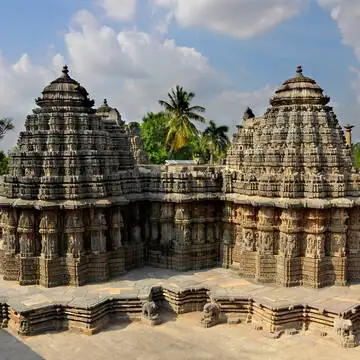
- The Hoysala style was created through careful selection of contemporary temple features and those from the past to create a different identity from neighbouring kingdoms.
- The Hoysala temples are known for evolving a distinct style that is ornate with temple architecture following a stellate plan built on a raised platform. The material used in temple construction is choloritic schist which is also known as soapstone that are soft and amiable to carving.
- The shrines are characterized by hyper-real sculptures and stone carvings that cover the entire architectural surface, a circumambulatory platform, a large-scale sculptural gallery, a multi-tiered frieze, and sculptures of the Sala legend.
- The excellence of the sculptural art underpins the artistic achievement of these temple complexes, which represent a significant stage in the historical development of Hindu temple architecture.
Santiniketan
- Established in rural West Bengal in 1901 by the renowned poet and philosopher Rabindranath Tagore, Santiniketan was a residential school and centre for art based on ancient Indian traditions and a vision of the unity of humanity transcending religious and cultural boundaries.
- A ‘world university’ was established at Santiniketan in 1921, recognizing the unity of humanity or “Visva Bharati”.
- Distinct from the prevailing British colonial architectural orientations of the early 20th century and of European modernism, Santiniketan represents approaches toward a pan-Asian modernity, drawing on ancient, medieval and folk traditions from across the region.
What is the process of listing World Heritage Sites?
- A world Heritage site is listed by the United Nations Educational, Scientific and Cultural Organization (UNESCO) which is based in Paris, France.
- The International World Heritage Programme administered by the UNESCO World Heritage Committee establishes the sites to be listed as UNESCO World Heritage Sites.
- The World Heritage Committee is responsible for the implementation of the World Heritage Convention (The Convention Concerning the Protection of the World Cultural and Natural Heritage or the World Heritage Convention), defines the use of the World Heritage Fund and allocates financial assistance upon requests from States Parties.
- It is composed of 21 state parties which are elected by the General Assembly of States Parties for a four-year term.
- Currently, India is a member of the World Heritage Committee.
How does this program helps the listed site and the country?
- When a site is inscribed on the World Heritage List, the resulting prestige often helps raise awareness among citizens and governments for heritage preservation.
- Greater awareness leads to a general rise in the level of the protection and conservation given to heritage properties.
- A country may also receive financial assistance and expert advice from the World Heritage Committee to support activities for the preservation of its sites.
- The site will also get immediate international recognition which boosts the tourism of the country.
List of 42 world heritage sites in India :
| Ajanta(Maharashtra) | 1983, Cultural |
| Ellora(Maharashtra) | 1983, Cultural |
| Agra Fort(U.P.) | 1983, Cultural |
| Taj Mahal(U.P.) | 1983, Cultural |
| Sun Temple,Konark(Puri,Odisha) | 1984, Cultural |
| Group of Monuments at Mahabalipuram(Tamilnadu) | 1984, Cultural |
| Kaziranga National Park(Assam) | 1985, Natural |
| Manas Wildlife Sanctuary(Assam) | 1985, Natural |
| Keoladeo National Park(Rajasthan) | 1985, Natural |
| Churches and Convents of Goa | 1986, Cultural |
| Khajuraho Group of Mountains(M.P.) | 1986, Cultural |
| Group of Monuments at Hampi,(Ballari, Karnataka) | 1986, Cultural |
| Fatehpur sikri(U.P.) | 1986, Cultural |
| Group of Monuments at Pattadakal (Karnataka) | 1987, Cultural |
| Elephanta caves(Maharashtra) | 1987, Cultural |
| Great Living Chola Temples(T.N.) | 1987, Cultural |
| Sundarbans National Park, (West Bengal) | 1987, Natural |
| Nanda Devi and Valley of Flowers National Park (Uttarakhand) | 1988, Natural |
| Buddhist Monuments at Sanchi(M.P.) | 1989, Cultural |
| Humayun’s Tomb(Delhi) | 1993, Cultural |
| Qutb Minar and its Monuments, Delhi | 1993, Cultural |
| Mountain Railways of India | 1999, Cultural |
| Mahabodhi Temple complex at Bodh Gaya (Bihar) | 2002, Cultural |
| Rock Shelters of Bhimbetka(M.P.) | 2003, Cultural |
| Chhatrapati Shivaji Terminus (Maharashtra) | 2004, Cultural |
| Champaner Pavagadh Archaeological Park(Gujarat) | 2004, Cultural |
| Red Fort Complex (Delhi) | 2007, Cultural |
| The Jantar Mantar, Jaipur | 2010, Cultural |
| Western Ghats | 2012, Natural |
| Hill Forts of Rajasthan | 2013, Cultural |
| Rani Ki Vav (Patan,Gujarat) | 2014, Cultural |
| Great Himalayan National Park (Himachal Pradesh) | 2014, Natural |
| Archaeological Sites of Nalanda Mahavihara at Nalanda (Bihar) | 2016, Cultural |
| Khangchendzona National Park (Sikkim) | 2016, Mixed |
| The Architecural Work of Le corbusier(Chandigarh) | 2016, Cultural |
| Historic City of Ahmedabad (Gujarat) | 2017, Cultural |
| The Victorian Art Deco Ensemble of Mumbai, Maharashtra | 2018, Cultural |
| Jaipur City, Rajasthan | 2019, Cultural |
| Kakatiya Rudreshwara (Ramappa) Temple, Telangana | 2021, Cultural |
| Dholavira, Gujarat | 2021, Cultural |
| Santiniketan, West Bengal | 2023, Cultural |
| Sacred Ensembles of the Hoysalas, Karnataka | 2023, Cultural |
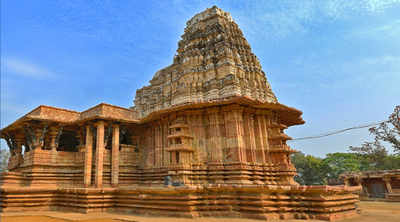
Also refer :
- Top 50 Science Questions From Previous Year UPSC Prelims
- Know About UNESCO’s Intangible Cultural Heritage Elements From India.

